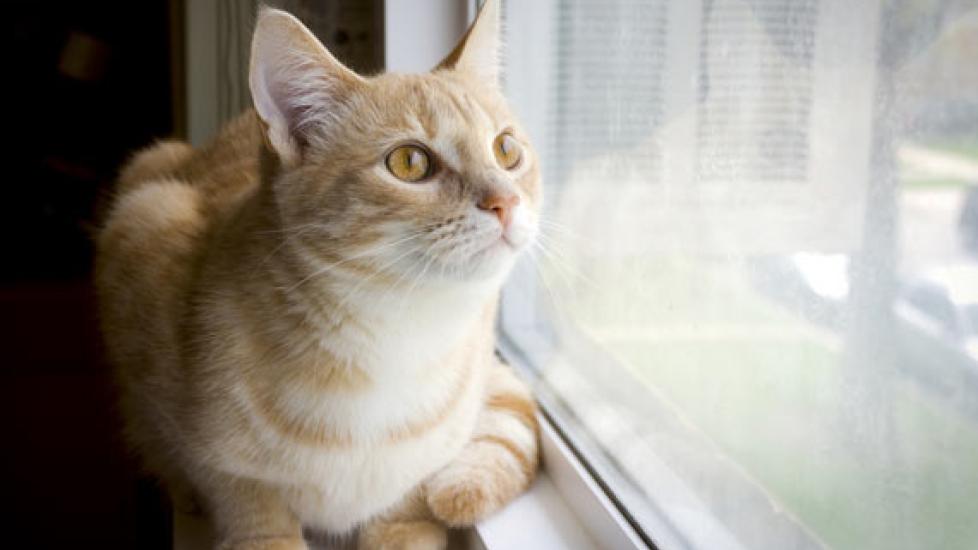Seasons Affect Your Pet’s Appetite
Last reviewed on November 10, 2015
We all know that during the hot summer days food just isn’t as interesting as it is on cold winter days, especially if it is a hot meal. Guess what? The same may true for our pets. It turns out that cats are also less interested in eating during warm weather.
Recent Findings
There are numerous studies in animals that document seasonal fluctuations in food intake. However, precious little research has been done with dogs and cats in this area. A group of English and French researchers recently released the findings of a six-year study of the feeding habits of 38 cats fed free choice. The study was conducted in the south of France with a group consisting of 22 normal-weight cats and 16 overweight cats. Thirty of the cats were housed in runs that had both indoor and outdoor access, while eight cats were housed indoor-only. The daily food intake of each cat was determined for the entire six-year period.
The researchers found that the cats ate the most during the months of January, February, October, November, and December. Food consumption in the months of March, April, May, and September was intermediate. The cats ate the least during June, July, and August, with food intake 15 percent less in July than December. Because there were only eight cats that were housed indoor-only, the researchers were not able to statistically prove any differences in food intake for the indoor-only cats that were not subject to temperature differences that may have influenced the food intake of the indoor-outdoor cats.
The Take Home Message
Seasonal changes in daylight and temperature trigger significant hormonal changes in mammals, altering metabolism and influencing food intake. As daily temperatures rise, mammals become less active and need less energy. The lengthening of daylight during the warmer months signals this change to the most primitive part of the brain and its hormonal responses, resulting in decreased food seeking behavior and shifts in cellular metabolism.
As winter approaches, the opposite response occurs. Lower temperatures require greater energy consumption to maintain body temperature. The shortening of daylight during this time signals the same primitive brain to promote food seeking behavior and alter metabolism in order to promote fat storage in preparation for lean food sources during the winter months.
The research discussed above confirms that these feeding cycles still occur in our domesticated cats. That means that our one size fits all approach to feeding the same amount of food throughout the calendar may be incorrect. Instead, we should feed our cats — and probably dogs, despite the lack of research — less in the spring, early fall, and summer months, and perhaps increase the feeding amount in the winter, late fall, and early spring months, especially for those pets that are subject to exposure to lower temperatures.
Although the researchers were unable to prove differences in food intake between indoor-outdoor cats and indoor-only cats, seasonal changes still affect indoor cats. Despite relative stability in indoor temperatures throughout the year, windows still allow indoor cats’ brains to react to daylight changes that trigger behavior and metabolic responses. Activity levels may still decrease in the summer despite cooler indoor temperatures. In the winter, food seeking behavior may increase even though the warmer indoor temperatures do not require the increased calorie intake.
Feeding animals is much more complicated than we want to think. That is why half of all pets are overweight or obese. Keeping our pets fit requires the same diligence to researching lifestyle choices that we require for ourselves and our own health. I hope these blogs are helping.

Dr. Ken Tudor
Image: MaxyM / via Shutterstock
